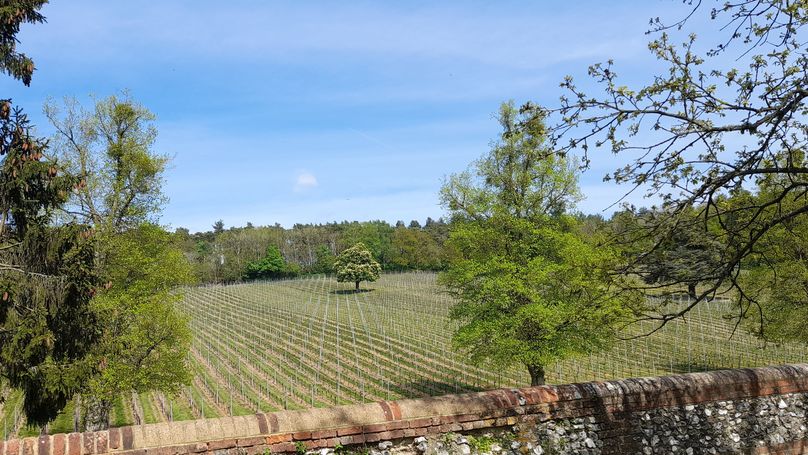Will they compensate for the even steeper increases seen in many input costs; will any of those costs come down significantly? High costs and low prices make for a perfect storm in the rural economy.
This is happening against the backdrop of a reducing subsidy regime. The Basic Payment Scheme subsidy, operated by the UK since 2003 while it was an EU member, is falling and will be zero in 2028. Payments under the Environmental Land Management Scheme, which replaces it, are generally set below those for the old Countryside Stewardship and Higher Level Tier schemes.
The response of some farmers is largely to voice concern about falling subsidies and to call for more money, risking a low take-up of the new schemes. Given the importance of subsidy to the profitability of farm businesses, that is perhaps understandable, but the era of high subsidies is over. Government does not have enough money and if there is any certainty in this, it is that less money will be paid out under the “public goods for public money” mantra.
The solution must be to find a way of making our rural businesses more resilient. That can be achieved by reducing dependency on high-cost inputs, such as through regenerative farming, and diversifying into non-farming enterprises. There is no one solution, but answers may include recreation, energy and natural capital.
Natural capital as a concept is only just becoming understood, but it can only become part of the solution when you know what you have got – what natural assets you have.
A baseline assessment is the place to start, and that is the concept behind Galbraith’s new Natural Capital Atlas. This is one of the new tools which will help support rural businesses and do the right thing for the planet.
- Natural Capital: The expert team of advisers at Galbraith guide our clients in realising value in all land uses – by assessing and measuring natural assets, furthering opportunities in biodiversity net gain, and ensuring stakeholders are rewarded fully for their investment in and contribution to delivering ecosystem services and net-zero outcomes.
